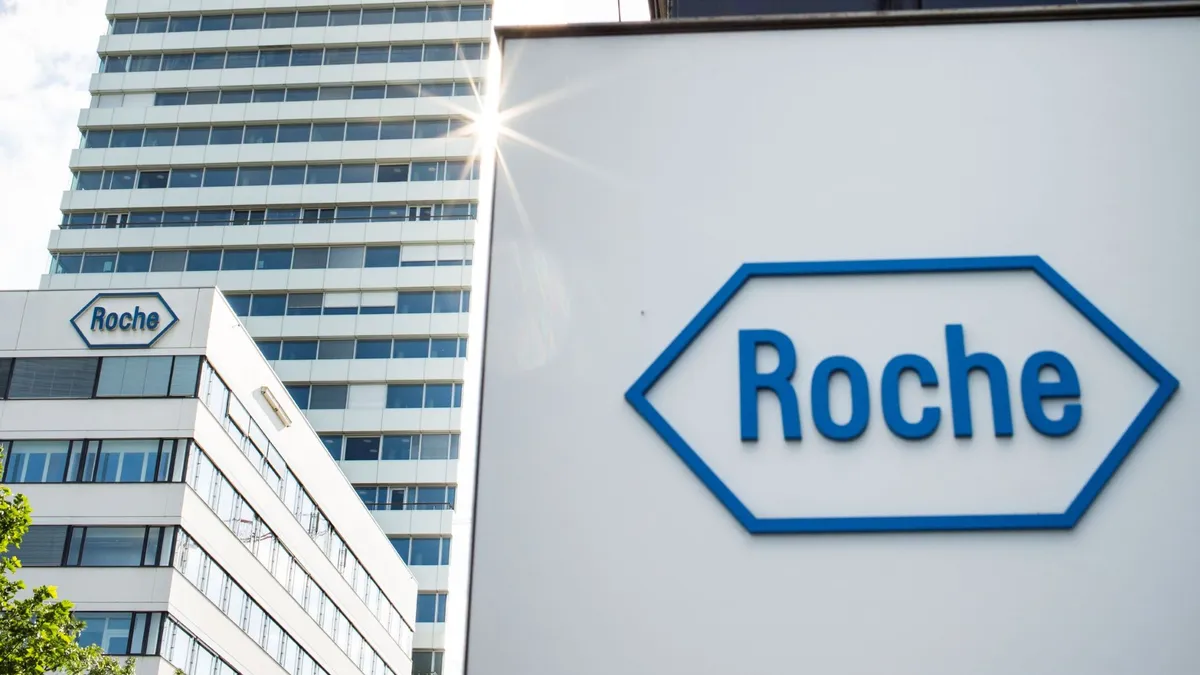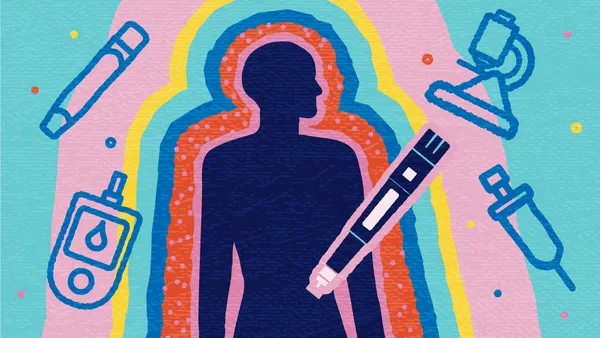In the decade since AstraZeneca’s Farxiga first nabbed FDA approval to treat adults with type 2 diabetes, the drug has well surpassed blockbuster status, racking up additional indications and generating nearly $6 billion in sales in 2023. And it hasn’t reached its peak yet, according to a Citeline analysis, which forecasted $7.4 billion in sales for the drug next year.
Farxiga didn’t become so successful through great science alone.
“There needs to be a significant, true unmet need,” said Sarah Walters, AstraZeneca’s vice president of U.S. cardiovascular, renal and metabolic diseases, who has led Farxiga’s commercialization. “You need to have a very clear, very strong, compelling value proposition.”
The company also had a solid market access plan, and has continued to build on that strategy post launch.
This approach might sound straightforward, but commercializing a drug past the $1 billion sales mark is tough. More drug launches miss the mark than succeed, let alone achieve blockbuster status. Even drugs with “blockbuster potential” often fall short of expectations.
“You might discover a new target. You might be able to design a drug to treat that target. And in theory, that target might be wonderful,” said Daniel Chancellor, thought leadership director at Norstella, Citeline’s parent company.
Yet, that drug still might flop on the market, as proven by once-promising medications like Aduhelm, Biogen and Eisai’s Alzheimer’s treatment that was once predicted to reach $10 billion in sales by 2023 but was yanked from the market amid various controversies a few years after launch.
Still, the best selling drugs have a lot in common, according to Citeline’s report, “Billion Dollar Blueprint: The Journey to Blockbuster Status,” such as targeting multiple indications, reaching blockbuster sales within three years after launch and being developed in-house, as opposed to out-licensed. Other factors are at play, too.
Building on the asset
Winning approvals in multiple indications is a blockbuster hallmark, and Merck & Co.’s cancer immunotherapy Keytruda is the ultimate example. Keytruda scored its 40th indication in June, and Merck is still racking them up, adding yet another in late September.
“Keytruda’s prescribing information document is now over 100 pages long,” Chancellor said.
However, even drugs without the “pipeline in a pill” moniker benefit from multiple indications.
For instance, Farxiga picked up two additional indications after diabetes — chronic kidney disease and heart failure — that have driven its high sales.
In the cardiac space, AstraZeneca went beyond Farxiga’s required safety trials and studied a larger patient population instead of only those at high-risk of adverse events.
“We developed the largest outcomes study that had been done looking at cardiovascular outcomes in patients with type 2 diabetes,” Walters said. “That was a bit of a game changer.”
Plumbing that data revealed the drug’s heart benefits, and in 2020, Farxiga became the first SGLT2 inhibitor approved for certain heart failure patients. Boehringer Ingelheim and Eli Lilly’s Jardiance followed suit a year later.
“We continue to follow the science,” Walters said. “As we looked at the different subgroups’ data, we also saw that it had an impact on kidney function.”
The chronic kidney disease approval came in 2021.
“One of the big evolutions in the Farxiga story is that today we focus predominantly on chronic kidney disease and heart failure, and really not much on diabetes,” said Walters. “We chose to take those resources and focus them on what we believed was a bigger opportunity. Our TV advertising, for example, is around chronic kidney disease.”
AstraZeneca continues to build on the Farxiga asset in other ways. It’s developing three products that work in combination with Farxiga, all in the cardiovascular and renal arena.
The company also launched an authorized generic version with Prasco a few months after Medicare named Farxiga one of the first 10 drugs for price negotiations.
“An authorized generic is not necessarily a new idea, but when we did it, it was new,” Walters said. “Typically, it's not done until very late in a product’s life cycle. We launched it almost three years prior to [generic competition].”
Targeting access
About 70% of pre-launch planning should focus on access strategies like market shaping, amplifying the unmet need and highlighting the drug’s value proposition with stakeholders, said Jennifer Meeuwsen, executive vice president of Complete Commercialization at Eversana, which provides commercialization services to the life sciences industry.
“Particularly with some of the earlier stage pharmaceutical companies that we deal with, they underestimate the complexity of bringing these types of product to market,” she said.
“Companies are not just after blockbusters. They’re after high-value blockbusters or mega-blockbusters.”

Daniel Chancellor
Thought leadership director, Norstella
As a result, companies often drop the ball on market access and lose momentum after their drug’s launch.
“That is really what can make or break a company post launch,” Meeuwsen said. “About 50% of companies post launch fail because they have an inadequate or poorly based market access strategy.”
That means bringing the right resources to the right people.
“That sounds like a no-brainer, but it does differ based on the disease state,” Walters said. “How much education do they need? How motivated are physicians to change? How much treatment inertia is in the market? How large is the universe you need to educate? How do they like to receive education?”
Failing to get this right upfront can lead to major obstacles down the road.
“If you’re launching a drug in a disease where you’re changing the way that disease is going to be treated, it takes time to get every other stakeholder aligned,” Chancellor said. “The worst thing you can do is come in without the right infrastructure, without the right education, without the right payer support, because you’re going to [ruin] your initial launch, and then perhaps have to relaunch that asset later after eating a bit of humble pie.”
Avoiding common missteps
Market access mistakes, such as starting the process too late, are common.
“We have companies that come to us that are trying to launch within three months,” Meeuwsen said.
Instead, that process should begin at least 12-18 months prior to anticipated FDA approval.
“At AstraZeneca, it starts as early as phase 2 [trials], when a product really begins to reveal itself,” Walters said.
Pricing is another important consideration that companies often fumble.
“There have been examples where drugs have launched at the wrong price,” and then the companies have had to slash prices soon after, Chancellor said, pointing to PCSK9 inhibitors like Amgen’s Repatha and Regeneron and Sanofi’s Praluent as examples.
Internal expectations are often to blame for pricing a drug too high.
“These [drugs] are the company’s babies and they have so many advocates for them, and the hardest thing to do is suggest this asset isn't as attractive,” Chancellor said. “Removing the emotion out of predicting assets’ potential is important … particularly with internal assets, [which] companies can get wedded to.”
A shifting goal post
While a blockbuster has long been defined as a $1 billion a year drug, that target is starting to shift.
“A drug can achieve blockbuster sales, but still might never return value in terms of the investment that's gone into it,” Chancellor pointed out.
Studies have estimated that the R&D cost for a new drug ranges from $314 million to $4.5 billion.
“Companies are not just after blockbusters. They're after high-value blockbusters or mega-blockbusters,” he said.
Blockbusters not only drive profits, but additional investment dollars.
“The reality is these companies are seeking return on investment,” Chancellor said. “The best way of doing that is to create the highest selling drugs you can do, which then shapes where future R&D takes place.”



















